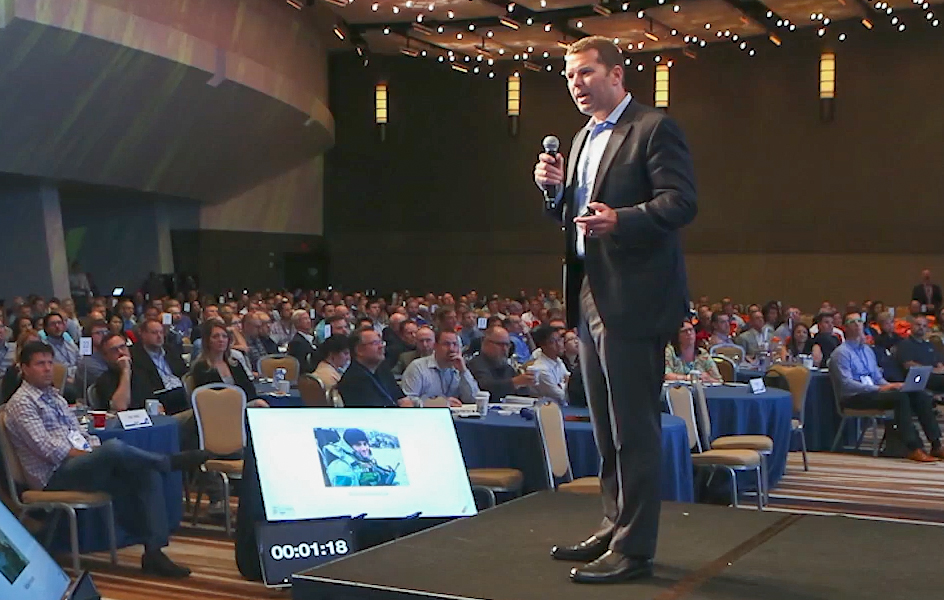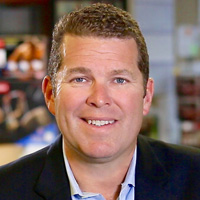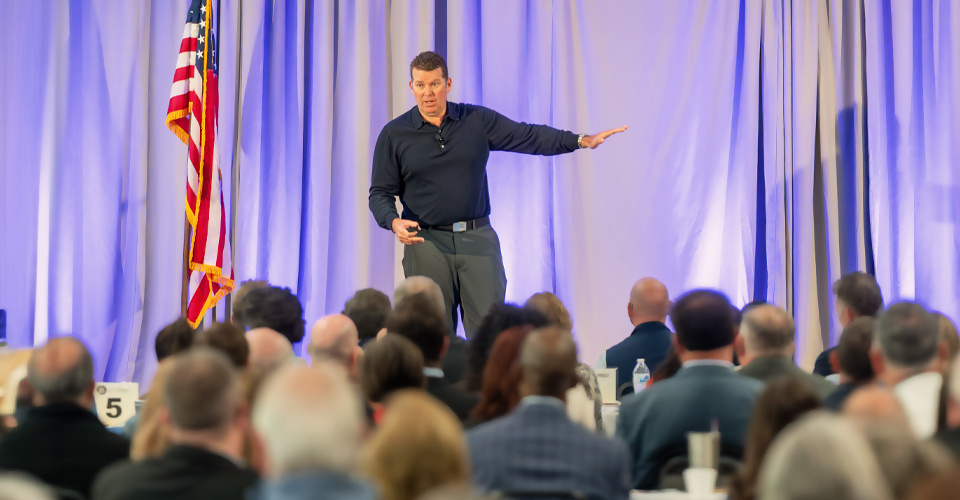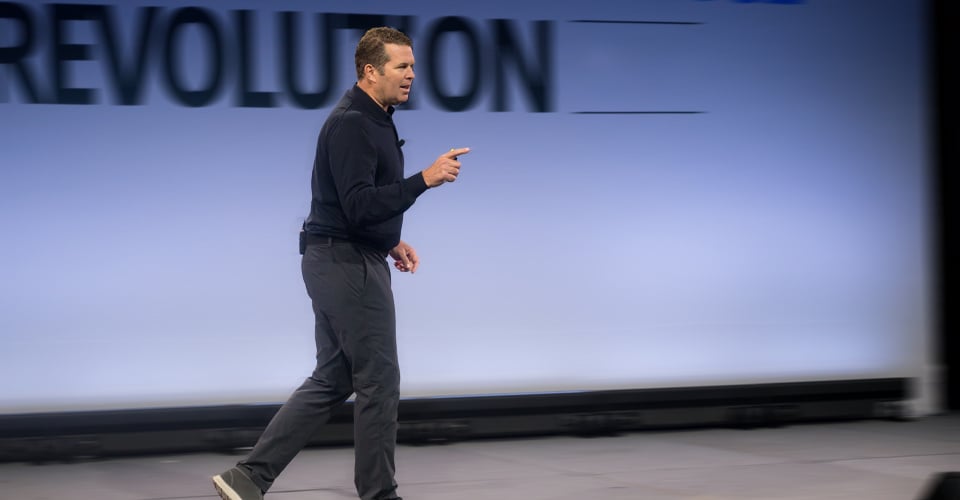Leadership training and team building strategies are among the most debated topics in companies, nonprofits, and community action groups—no matter what field, industry, environment, or sector in which you wish to build a team. It is my view that if your team involves humans, then your leadership training must focus on relationships where trust, direction, contribution, and ownership are the goals. In my leadership consulting, speaking, writing and training, I emphasize the following elements to be Unstoppable: Knowledge, Skills, Experience, Training, and Motivation.
Knowledge of Frameworks Incorporating Proven Principles
I have written two books, Be Unstoppable, and Build Unstoppable Teams, which provide frameworks for leading yourself and others, based on my 25+ years of experience as a CEO and in leading Navy Seals. If you don’t yet have copies of them and you’re looking for a good overview of my frameworks, this post is a good place to start: The Essential Actions to Building Unstoppable Teams.
Before you get into team building, there are three principles I want you to be aware of: the Action Formula, the Mirror Effect, and the Care Boomerang. These three principles are critical drivers to building and leading teams. The four essential actions of the C.A.R.E. framework will not be helpful to you without first understanding these critical principles of how and why humans do what we do. This isn’t intended to answer all the mysteries of human action, but knowing these three principles will dramatically help you in finding success building and leading teams.
Skills Development in Leading Yourself and Others
The first critical component in building unstoppable teams is building and leading the one inside of you. The ability to lead yourself—what I call your platform—is the foundation for leading unstoppable teams. Be Unstoppable: The 8 Essential Actions to Succeed at Anything contains a system to gain this vital skill set: Understand the why; Plan in three dimensions; Exercise to execute; Recognize your reason to believe; Survey your habits; Improvise to overcome; Seek expert advice; and Team up—UPERSIST.
At the heart of every unstoppable team’s success lies the four-part C.A.R.E. framework—how emotional connections are formed, how goals are established and achieved, why mutual respect can become a renewable resource, and how empowerment keeps the team’s momentum rolling. Unstoppable Teams: The Four Essential Actions of High-Performance Leadership is the handbook for how to build care-based teams.
Experience Applying Knowledge and Skills in the Real World
Welcome to the Jungle. The process of developing yourself and building your teams is like creating a new path in a dense jungle. There are so many things that can grab your focus when you’re battling to hack a path in your jungle. The key is staying focused at making a path and taking action—It’s not complicated, it’s just hard.
The first time out is tough going; every step is hard because you’re hacking your way with a machete through tangled vegetation. However, if you return the next day to the same path, it’s easier. One little success can help build the momentum for more, but the key is to keep swinging that machete in the jungle—it’s the only way to get out. I have learned that inexperience can be overcome by relentless, committed team action.
Training to Be Unstoppable
In the words of both Peter Drucker and Warren Bennis, mirrored in the Seven Habits of Highly Effective People by Stephen R. Covey, “Management is doing things right; leadership is doing the right things.” Management is efficiency in climbing the ladder of success; leadership determines whether the ladder is leaning against the right wall. It is my view that LEADERS: L – listen and learn; E – execute and educate; A – articulate and anticipate; D – delegate and direct; E – empathize and evangelize; R – remain and require; S – Serve: LEADERS serve.
I think of leadership training as a triangle—Each side of the triangle expresses one of the three ways to educate someone, and ideally, you want to be creating an equilateral triangle in which all three sides are equal. Here’s how I define each one:
- LEAPFROGGING: This is in-house and often informal training delivered via lessons learned, best practices, debriefings, or e-mail updates shared among teammates.
- EXTERNALITY: This tends to be more formal training provided by outside professionals, often representing unusual or diverse fields of expertise.
- ON-THE-JOB TRAINING (OJT): On-the-job training gives people the chance to put their knowledge to work. This learning-by-doing approach may include mentoring and coaching as well.
When you create a system for educating your teammates with all three sides of the triangle, they will develop the “know what,” the “know why,” and the “know how” to achieve goals and develop new confidence and capabilities for future roles.
Motivation to Persist and Succeed
Leadership training and team building requires thinking in multiple dimensions, and it’s not about creating a perfect plan, because there is no such thing. It’s about creating a plan to succeed no matter what obstacles you encounter. It’s also about developing the seven traits that characterize unstoppable teammates. These are the general traits required—the must-haves for powerful team dynamics—regardless of the team’s circumstances and challenges. The good news is that we can all develop these traits to a greater degree. View the Unstoppable Traits and infographic here.
In the coming weeks and months, I will be sharing step-by-step training resources to foster the development of your leadership and team building knowledge, skills, experience and motivation to accomplish your goals.
I am fired up about this training to Be Unstoppable—Stay tuned!
Alpha Mike





